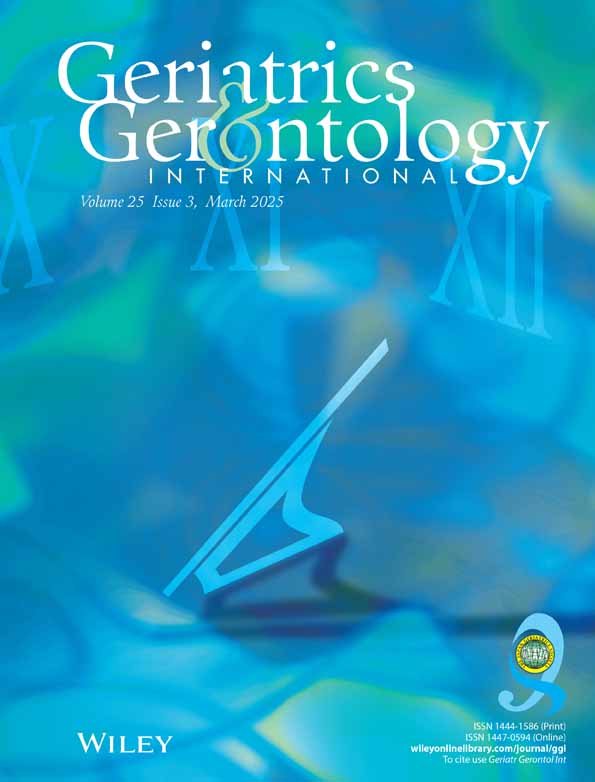Association of high-frequency hearing loss with examination data and lifestyle in 36 000 middle-aged and older adults
Abstract
Aim
Hearing loss is a public health issue; further studies are warranted to elucidate preventable factors. This study aimed to explore the associations of bilateral high-frequency hearing loss (HFHL) with examination data and lifestyle behaviors, using the Comprehensive Health Checkup System (Ningen Dock) data in Japan.
Methods
This cross-sectional study used Ningen Dock data obtained from the Seirei Health Care Division for 2020. HFHL was defined as inaudibility of 40 dB at 4 kHz. The Areal Deprivation Index (ADI) in Japan was used as an indicator of socioeconomic status. Binomial logistic regression analysis by sex was performed to evaluate the association of bilateral HFHL with each binarized examination data and lifestyle behavior, with age and the ADI as covariates.
Results
This study included 36,137 participants (60% male; mean age, approximately 60 years in both sexes). The odds ratios (ORs) for high uric acid (UA) levels in the examination data and current regular smoking in lifestyle behaviors were statistically significantly the highest (males: 1.27, 1.57; females: 3.56, 2.41, respectively). The OR for excessive alcohol consumption, especially large amounts consumed per occasion, was also statistically significant (males: 1.25; females: 2.15). Additionally, the ORs for high aminotransferase and γ-glutamyl transpeptidase levels in females were statistically significant.
Conclusions
High UA levels, current regular smoking, and excessive alcohol consumption were associated with bilateral HFHL in both sexes. Especially, the findings regarding high UA levels and the large amount of alcohol consumption per occasion are novel, warranting longitudinal studies. Geriatr Gerontol Int 2025; 25: 366–373.
Open Research
Data Availability Statement
Data sharing not applicable to this article as no datasets were generated or analysed during the current study.




